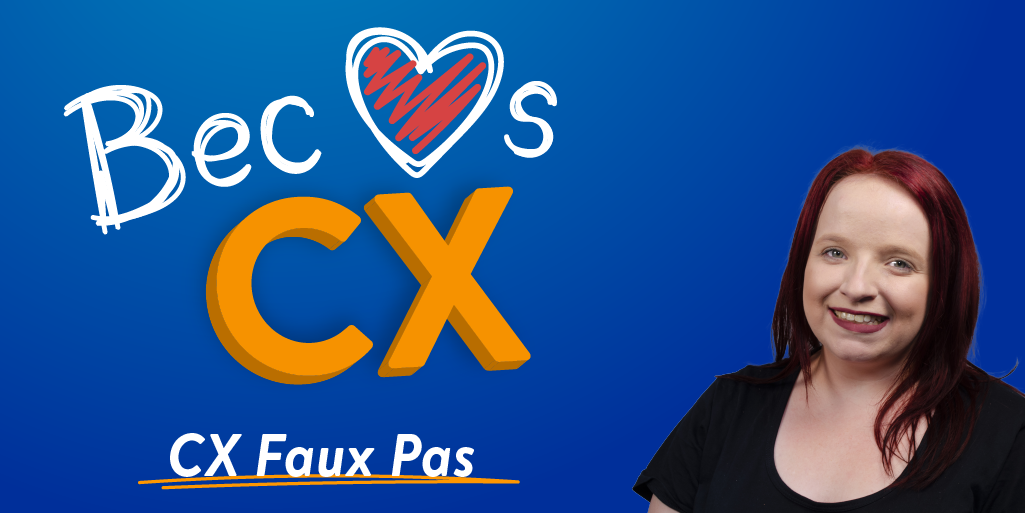
Do you know that friend in your life who’s honest and will tell you when your shirt is horrible and to never wear it again? Or that you have lunch in your teeth and making a fool of yourself? Well, I’m that friend and I’ve written you a letter.
Dear New Friend,
I have met many people in the past that have tried to engrain CX through their business. I’ve seen some succeed and some commit a total faux pas. I care about you and I’m here to help you avoid being the latter.
Customer Service and CX Confusion: Customer service and client experience are not the same.
- Zendesk defines customer service as “the act of supporting and advocating for customers in their discovery, use, optimization, and troubleshooting of a product or service.”.
- Whereas their definition for customer experience is “Customer experience (CX) is everything related to a business that affects a customer’s perception and feelings about it.”
Although not the same, it is important to note that they are very much integrated. To succeed in the CX space, you should always strive to provide optimal customer service but that only scratches the surface of CX – Don’t be fooled! Avoid thinking CX has been implemented successfully if you’ve only mastered customer service.
CX Responsibility: Who is responsible for CX is not up for debate.
You can’t simply give everyone in the company full responsibility for implementing CX and hope it grows organically, it won’t. However, you also can’t give one employee soul responsibility for CX because it is a culture you need to nurture. Culture doesn’t come from one person; everyone needs to be on the same bus and heading in the same direction! It’s a terrifying concept trying to think of how to get everyone on the same page, I know, but once you get momentum there’s no stopping you.
Depending on the size of your business, would recommend appointing someone (or a team) into CX role(s). It’s their responsibility to drive CX strategy and continuous improvement. In addition to this, it’s every single employee’s responsibility to take that strategy and bring it to life. One in, all in and if not, maybe they caught the wrong bus?
Technology: CX isn’t just about having the latest technology.
As an example, BGL implemented Zendesk in 2018 as our core technical support platform and yes, it’s one of the greatest pieces of technology in the support space but it’s not the only reason BGL has one of the best support offerings in our industry.
Here’s only some of what sets us apart in Technical Support:
- The Zendesk platform
- An amazing, knowledgeable, and hungry Support Team
- Strong backing from leadership and other BGL Teams
- A Documentation Team that creates invaluable content
- An Admin Team that acts as your first point of contact
- Product Teams that push industry-leading software
- Detailed workflows and processes to set the standard
- KPI’s and data-driven decisions
- Culture!
My point is, it’s great that BGL has Zendesk and it makes CX easier to implement, but we wouldn’t be successful without all the moving parts.
Touchpoints: CX is not just one touchpoint in one part of the company – It's every touchpoint!
Often people make the mistake of thinking CX is most important in their Support Teams or Account Management Teams however, the fact is that it is every single touchpoint your clients have with your business (directly or indirectly).
It’s the greeting they receive at reception, it’s the website look and feel, it’s the webinar you run, it’s even down to the way some random person talks about your business in a forum. EV-ER-Y THING!
Please don’t make the mistake of thinking it matters more in any one space throughout the business!
My friend, I hope that I have guided you in the right direction and in some way helped you to avoid being the person with lunch in their teeth. My final piece of advice, for now, is to not overwhelm yourself with the big picture. Zoom in, break it down bit by bit and adopt this as a lifestyle change. You’ve got this, I know you do.
So, how will you approach CX and avoid the faux pas?
Love,
Your CX BFF

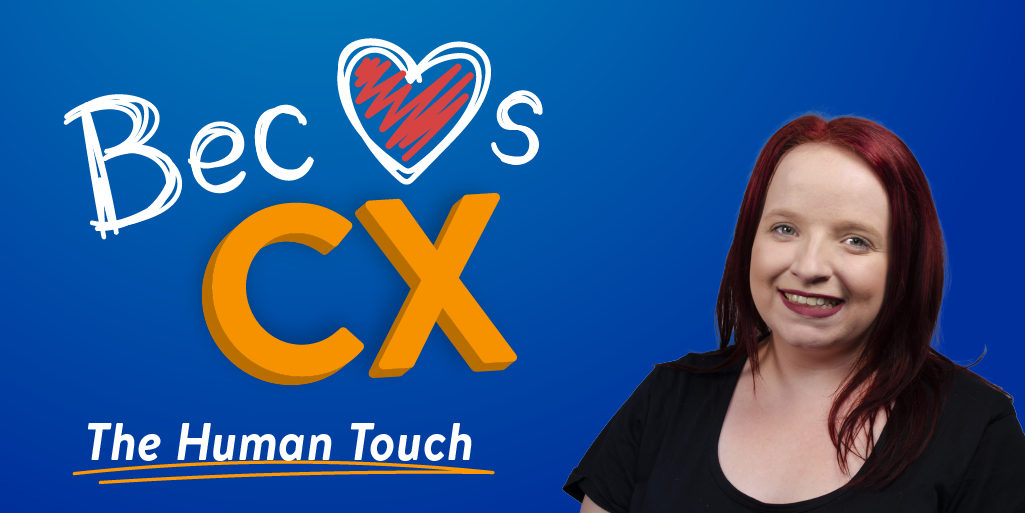
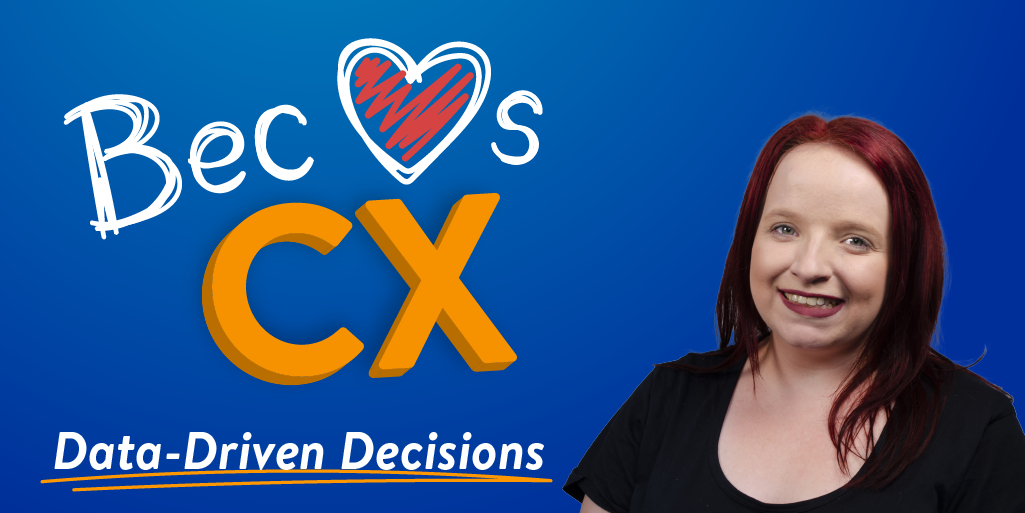
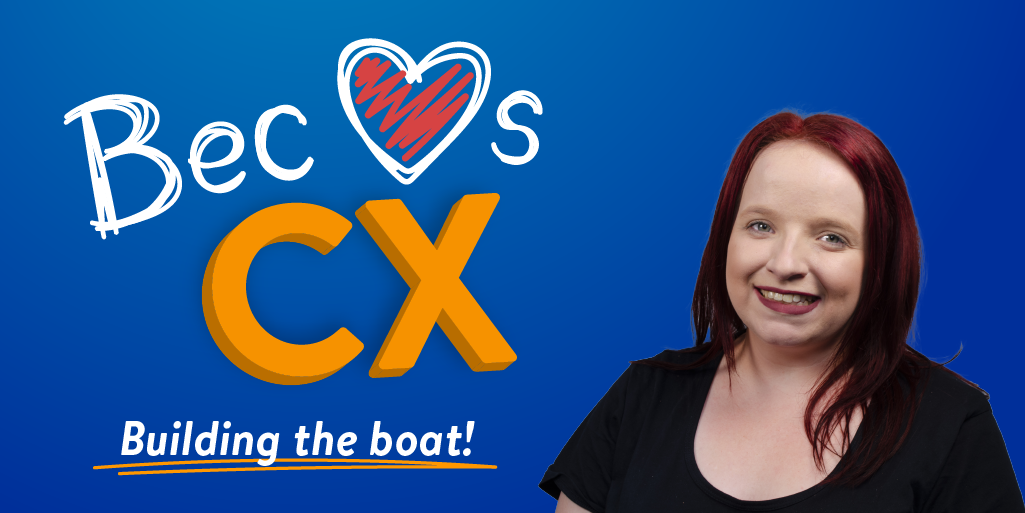
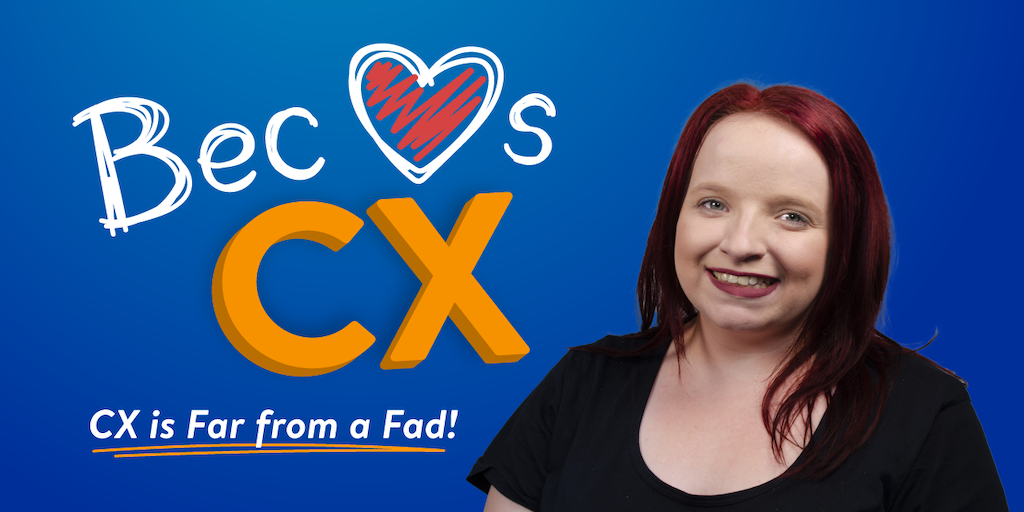

Recent Comments